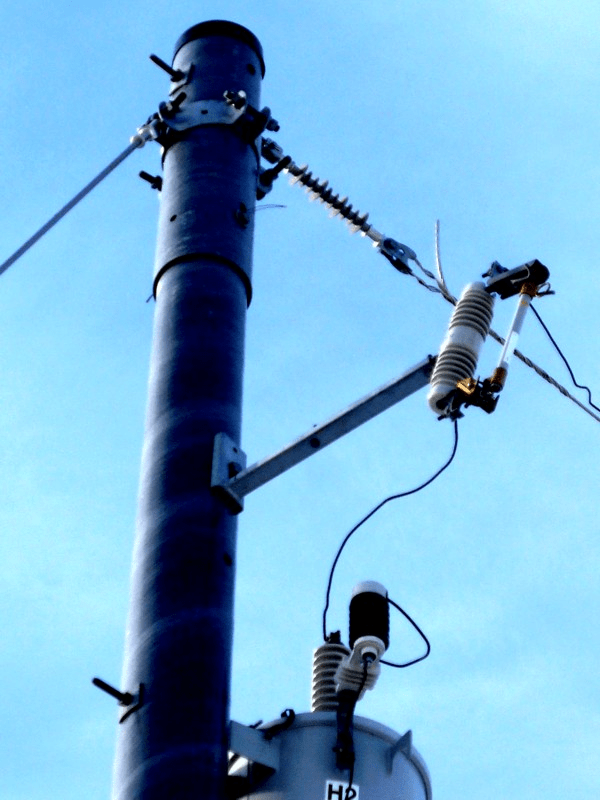Mbrooke
Electrical
- Nov 12, 2012
- 2,546
Thanks for the video Eleanor!
I'm glad you posted this thread, it reminds me of remote buildings/facilities/camps which must generate their own power.
Something like this would also work really well for Pitcarin Island:

I'd imagine the current setup is very similar.
I'm glad you posted this thread, it reminds me of remote buildings/facilities/camps which must generate their own power.
Something like this would also work really well for Pitcarin Island:

I'd imagine the current setup is very similar.

